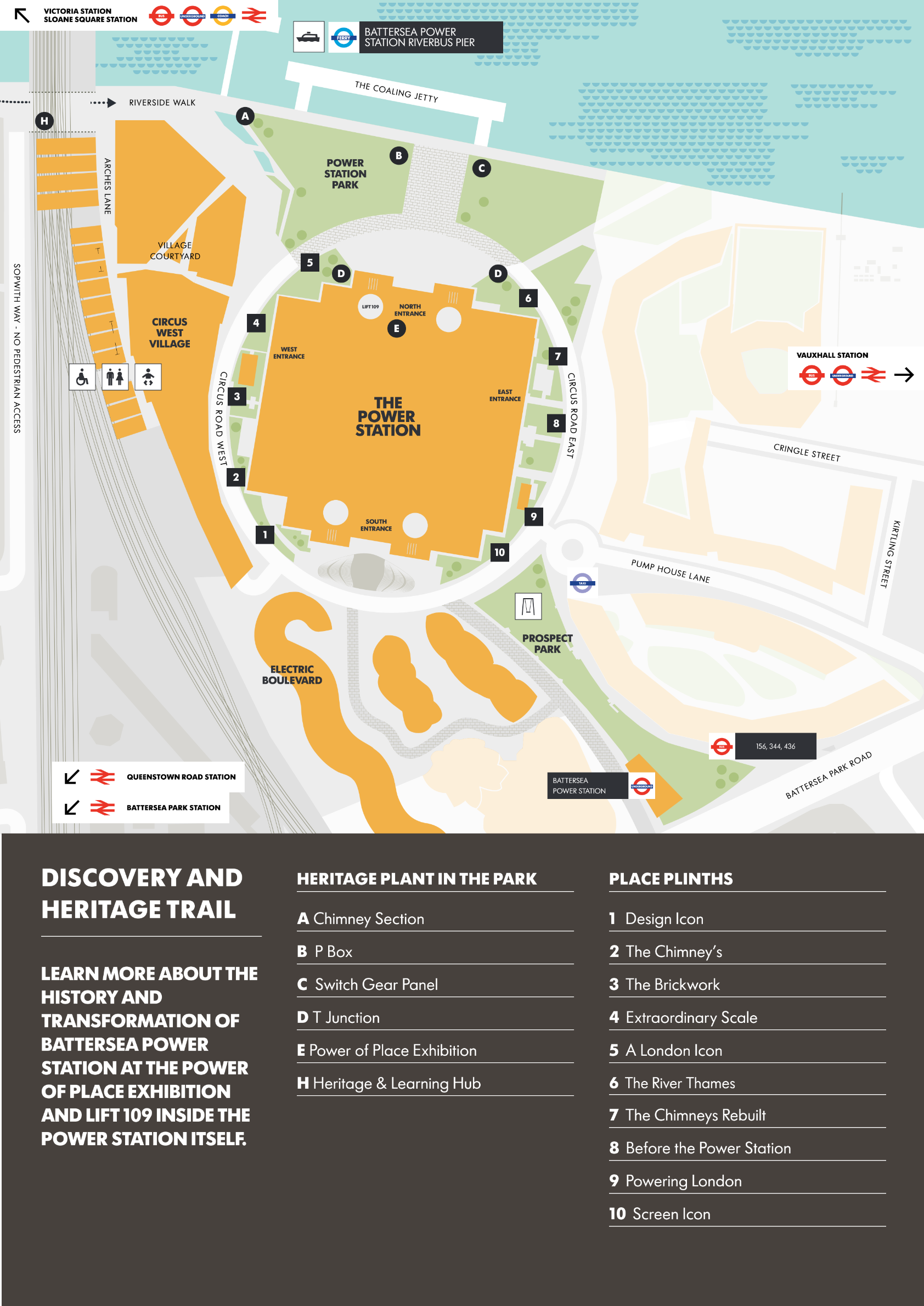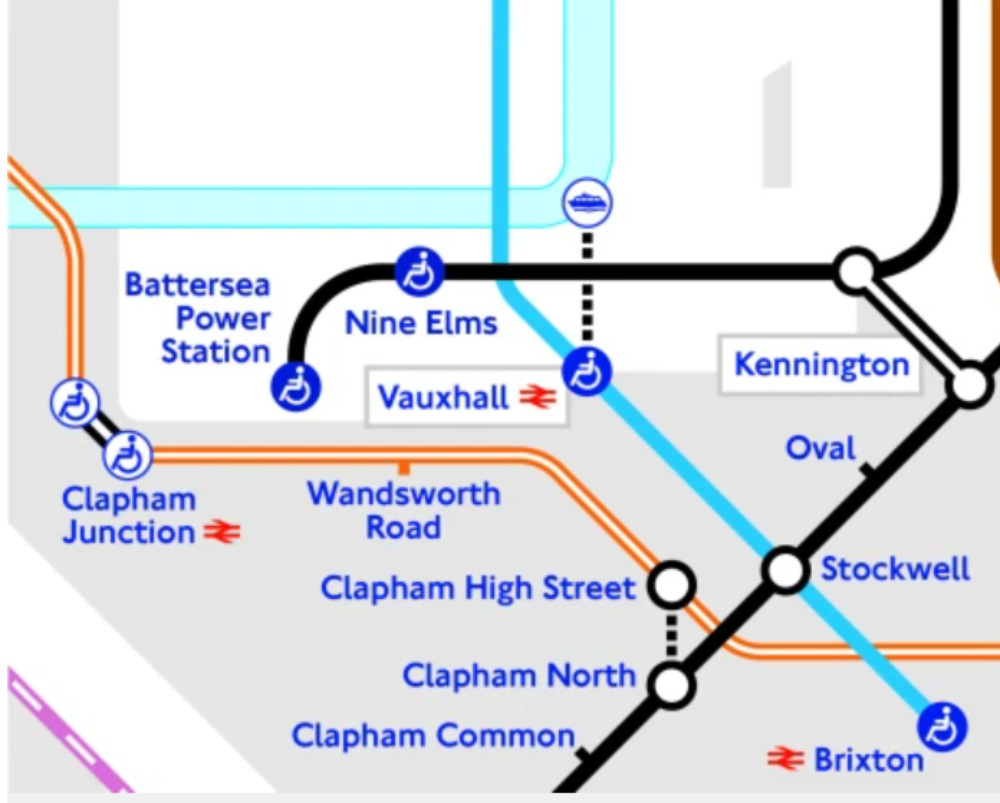Battersea Power Station Walk
Join us on Walk Number 6 of a series of interactive walks all through the seasons, where you can explore your local neighbourhood,
discover secret places, meet new people, socialise, exercise and enjoy the great outdoors.
All ages and fitness levels welcome! Walking time will be approximately 1.5 hours.
The Walk
We will be walking to the Power Station via Covent Garden Market and past the American Embassy. We will be walking till we reach the River Thames. The route can be decided by you as a group, or if someone wants to take the lead.
Battersea Power Station Information
From the 1930s to 1980s, Battersea Power Station was a working Power Station. At its peak, it was producing a fifth of London’s power, supplying electricity to some of London’s most recognisable landmarks.
Battersea Power Station was the first of its kind, producing 400,000 kilowatts of electricity in Battersea. Sir Giles Scott, renowned for his architectural work on Waterloo Bridge, Liverpool Cathedral and the red telephone box was commissioned to design the building (Another of his power station designs, Bankside, now houses the Tate Modern Art Gallery). After a two stage development process, the Power Station was completed by the British Electric Authority in 1948 and began operating in 1953, with the highest thermal efficiency. Battersea Power Station became known as the ‘temple of power’, the largest power station in the UK.
Construction on the first station, Battersea A, began in March 1929. Power generation began in 1933 however the building was not completed until 1935. Work on Battersea B was delayed as a result of World War II and began soon after. It was completed in 1955 and mirrored A Station. Together, they formed the familiar four-chimney design.
Coal for the station came from pits in South Wales and North East England and was delivered aboard special coastal collier ships. Over a millions tonnes of coals was consumed annually. Two cranes operated at the station’s jetty, unloading coal from the ships onto a conveyor belt system that took it to the coal storage area. The station used an average of 1.5 gigalitres (340,000,000 imperial gallons) of water from the River Thames each day for cooling.
A fire at the power station on 20 April 1964 caused massive power failures across London and delayed the launch of BBC Two after power was lost at the BBC Television Centre. The channel launched the following morning.
During the 1970s, the use of coal to produce electricity was declining rapidly and on 17 March 1975, A Station was closed. It was evident that B Station would soon follow and a campaign was launched to maintain the Temple of Power as a national monument. In 1980, Battersea Power Station was awarded Grade II listed status by Secretary of State for the Environment, Michael Heseltine. B Station finally closed on 31 October 1983, marking the end of energy production at the site.
Battersea Power Station was put up for sale in May 2012 with bids coming from Chelsea FC for the construction of stadium among others. On 7 June 2012, it was announced that Malaysian developers SP Setia and Sime Darby had won the bidding process and their plan included the restoration of the power station to house shops, cafes, restaurants, art and leisure facilities, office space and residential accommodation. The Northern Line extension was also part of the plan.
Battersea Power Station is still the largest brick structure in Europe to this day. Each of the chimneys is 103 metres (338 ft) tall.
Pic1: Battersea Power Station Landscape
Pic2: Battersea Power Station Discovery & Heritage Trail


For more information on Battersea Power Station click here

